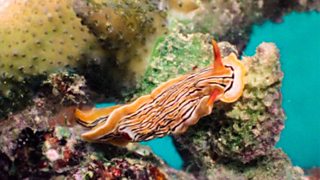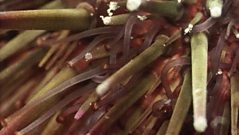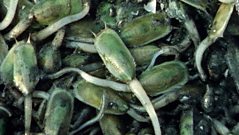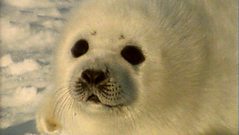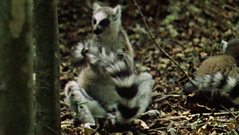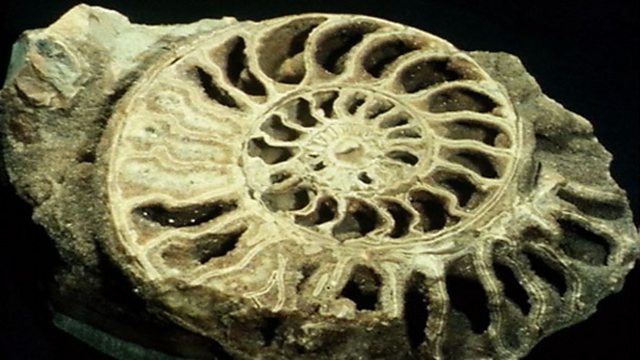
Fossil detection
Lyme Regis beach reveals the creatures that once dominated sea life. But the history of the ammonites is full of puzzles.
David Attenborough finds fossils on the beach at Lyme Regis.
The outside of a boulder has been warn away to explose a nautilus fossil. Chambers in the shell can be seen, which were filled with gas to keep the nautilus afloat.
We know this because the nautilus still lives today, in the South Pacific at depths of up to 500 metres. They can swim at any depths by simply pumping fluid in and out of their chambers.
They have good eyesight and their bodies have become modified into dozens of tentacles. Some of the tentacles carry sense organs to detect food, some are used in reproduction, and others are used to grapple with prey such as carrion, lobsters or crabs.
The design of the nautilus was very successful and spawned another great group of molluscs called the ammonites, a group that dominated the seas for the next 200 million years and left behind some of the loveliest fossils of all.
Like the nautilus, the ammonites added flotation chambers as they grew, with their bodies only inhabiting the very outer chamber.
But their history is full of puzzles. Why, for instance, did some groups develop uncoiled species - and then coil up again? And why did the junctions between the chambers gradually becomes so elaborate?
Small ones may have lived in shallow waters, probably near the bottom, while others grew to an immense size and probably sailed the upper waters of the prehistoric seas like galleons. But why, 50 million years ago, did they all die out?
Duration:
This clip is from
Featured in...
![]()
大象传媒 Nature
Be captivated, informed and inspired by the world's wildlife.
More clips from Building Bodies
-
![]()
From feather stars to sea urchins: echinoderm evolution
Duration: 03:59
-
![]()
Living fossils
Duration: 01:13
More clips from Life on Earth
-
![]()
Lucky pups—The Rise of the Mammals
Duration: 03:29
-
![]()
Millennia of millipedes—The First Forests
Duration: 01:50
-
![]()
Creatures of the night—Life in the Trees
Duration: 01:16
-
![]()
Scent sense—Life in the Trees
Duration: 02:55
